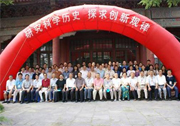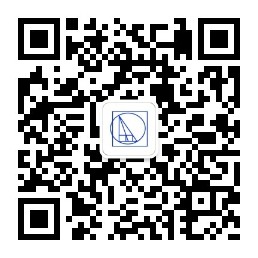| 英文摘要: |
Crucial Experiment is among the central issues when discussing the function of experiments in the
building and falsifying of a theory. By re-examining Isaac Newton’s “Experimentum Crucis”, this article points
out that: 1) Newton proposed his “Experimentum Crucis” initially in the meaning which, coined by Francis Bacon,
mainly indicated how a crucial experiment helps an investigator excluding irrelevant clues while founding a
pertinent one; 2) Newton’s “Experimentum Crucis” did make an effective sentence between Newton’s & Hooke’s
theories of light and color, that is, confirmed Newton’s basic theoretic commitments of the heterogeneity of
sunlight & unchangeability of various monochromatic lights, and falsifi ed Hooke and other’s modifi cation theories
of light; 3) Newton’s “Experimentum Crucis” was not mean to directly test the corpuscular hypothesis and wave
hypothesis of light, and it is not proper to judge a metaphysical disputation by one crucial experiment, as this kind
of judgment can only improperly lead to an negation of the concept of crucial experiments. |





